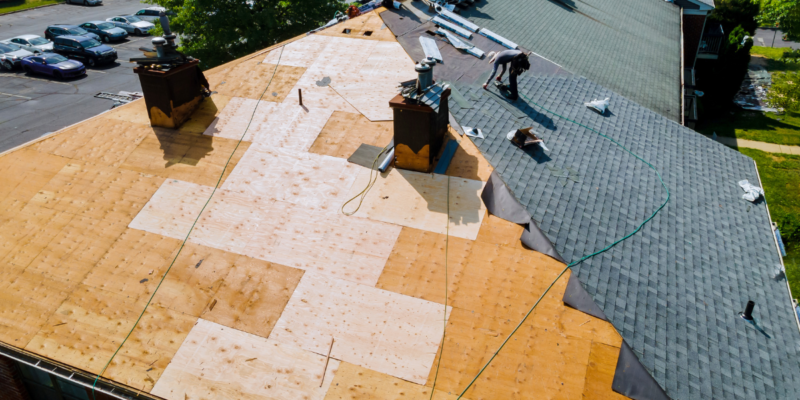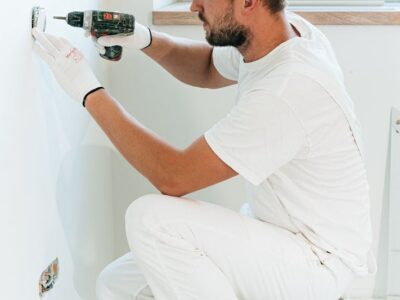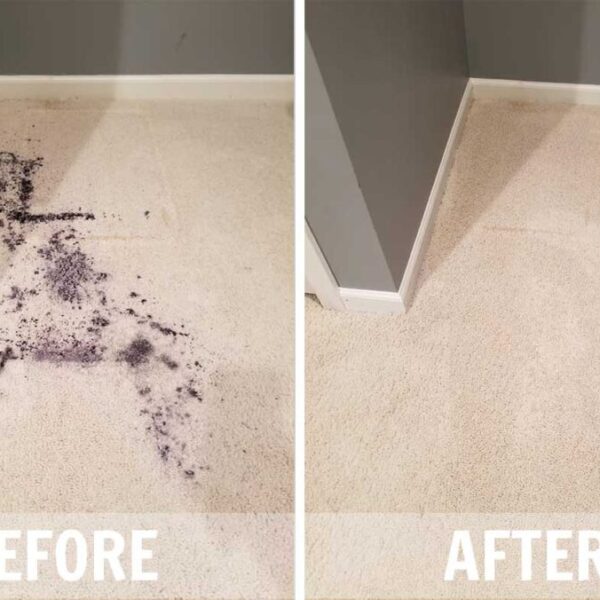
As winter approaches, preparing your roof for the cold weather is essential to protect your home from potential damage and costly repairs. Harsh winter conditions can take a toll on your roof, leading to issues like leaks, ice dams, and shingle damage. This comprehensive guide will provide you with actionable steps to ensure your roof is winter-ready, helping you avoid common problems and maintain the integrity of your home.
1. Inspect Your Roof Thoroughly
The first step in preparing your roof for winter is a thorough inspection. Check for any signs of damage or wear, such as missing or damaged shingles, cracks, or loose flashing. Pay close attention to areas where the roof meets the chimney, skylights, and vents, as these are common spots for leaks. If you’re uncomfortable inspecting the roof yourself, consider hiring a professional roofing contractor to conduct a detailed assessment.
2. Clean Your Gutters and Downspouts
Clogged gutters and downspouts can cause significant problems during winter. Leaves, twigs, and debris can block the flow of water, leading to ice dams and water damage. Clean out your gutters and downspouts thoroughly before winter sets in to ensure proper drainage. Consider installing gutter guards to prevent debris accumulation and reduce the frequency of cleanings
.
3. Remove Debris from the Roof
Fallen branches, leaves, and other debris can trap moisture and lead to roof damage. Remove any debris from the roof’s surface to prevent it from causing issues during winter. Be cautious when accessing the roof, as it can be slippery. Using a roof rake with a long handle can help you remove debris safely from the ground.
4. Check and Repair Flashing
Flashing is the material used to seal joints and prevent water from seeping under your roofing materials. Inspect the flashing around chimneys, vents, and skylights for signs of damage or deterioration. Replace any damaged flashing and ensure that all seals are intact. Properly installed and maintained flashing helps prevent leaks and water infiltration.
5. Seal Gaps and Cracks
Seal any gaps or cracks in your roof and attic to prevent cold air and moisture from entering your home. Use roofing sealant or caulk to fill small cracks and gaps. For larger openings, consider using weatherproofing materials or hiring a professional to ensure a proper seal. Proper insulation and sealing can also help improve your home’s energy efficiency.
6. Inspect and Repair Insulation
Adequate insulation in your attic helps regulate temperature and prevent ice dams. Check your attic insulation for any signs of damage or gaps. Insufficient insulation can lead to heat escaping through the roof, melting snow and creating ice dams. Add or replace insulation as needed to ensure your home is properly insulated for winter.
7. Address Ice Dam Prevention
Ice dams occur when snow on your roof melts and refreezes at the eaves, creating a barrier that prevents proper drainage. To prevent ice dams, ensure your attic is well-insulated and ventilated to keep the roof temperature consistent. Use a roof rake to remove snow from the edges of your roof, and consider installing heat cables along the eaves to help melt snow and ice.
8. Check Roof Shingles
Inspect your roof shingles for any signs of damage or wear. Missing, cracked, or curling shingles can leave your roof vulnerable to winter weather. Replace any damaged shingles and ensure that all are securely fastened. Properly maintained shingles provide essential protection against the elements.
9. Prepare for Winter Storms
Winter storms can bring heavy snow, ice, and strong winds that can damage your roof. Stay informed about weather forecasts and be prepared for severe weather conditions. Keep an emergency kit on hand, including essentials like flashlights, batteries, and a battery-powered radio. If a storm causes damage to your roof, contact a professional roofing contractor for prompt repairs.
10. Hire a Professional Roofer
If you’re unsure about conducting a roof inspection or repairs yourself, it’s always a good idea to hire a professional roof repair contractor. An experienced roofer can provide a comprehensive inspection, address any issues, and ensure your roof is prepared for winter conditions. Look for a contractor with a solid reputation, proper licensing, and insurance coverage to ensure quality workmanship.
Conclusion
Preparing your roof for winter is crucial for maintaining the safety and integrity of your home during cold weather. By conducting a thorough inspection, cleaning gutters, removing debris, and addressing potential issues, you can help prevent damage and costly repairs. Taking proactive steps to prepare your roof will ensure that it can withstand the challenges of winter and keep your home protected throughout the season.










